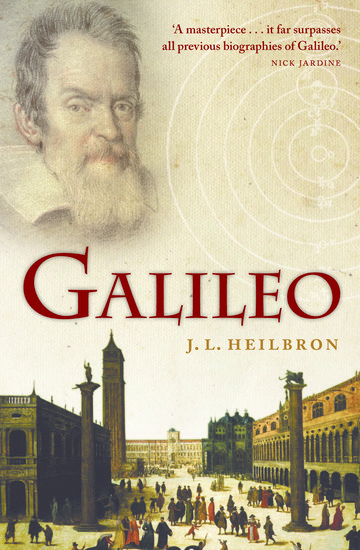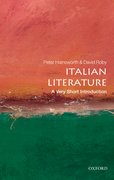Mars and music
By Kyle Gann
By long tradition, sweet Venus and mystical Neptune are the planets astrologically connected with music. The relevance of Mars, “the bringer of war” as one famous composition has it, would seem to be pretty oblique. Mars in the horoscope has to do with action, ego, how we separate ourselves off from the world; it is “the fighting principle for the Sun,” in the words of famous astrologer Liz Greene.








